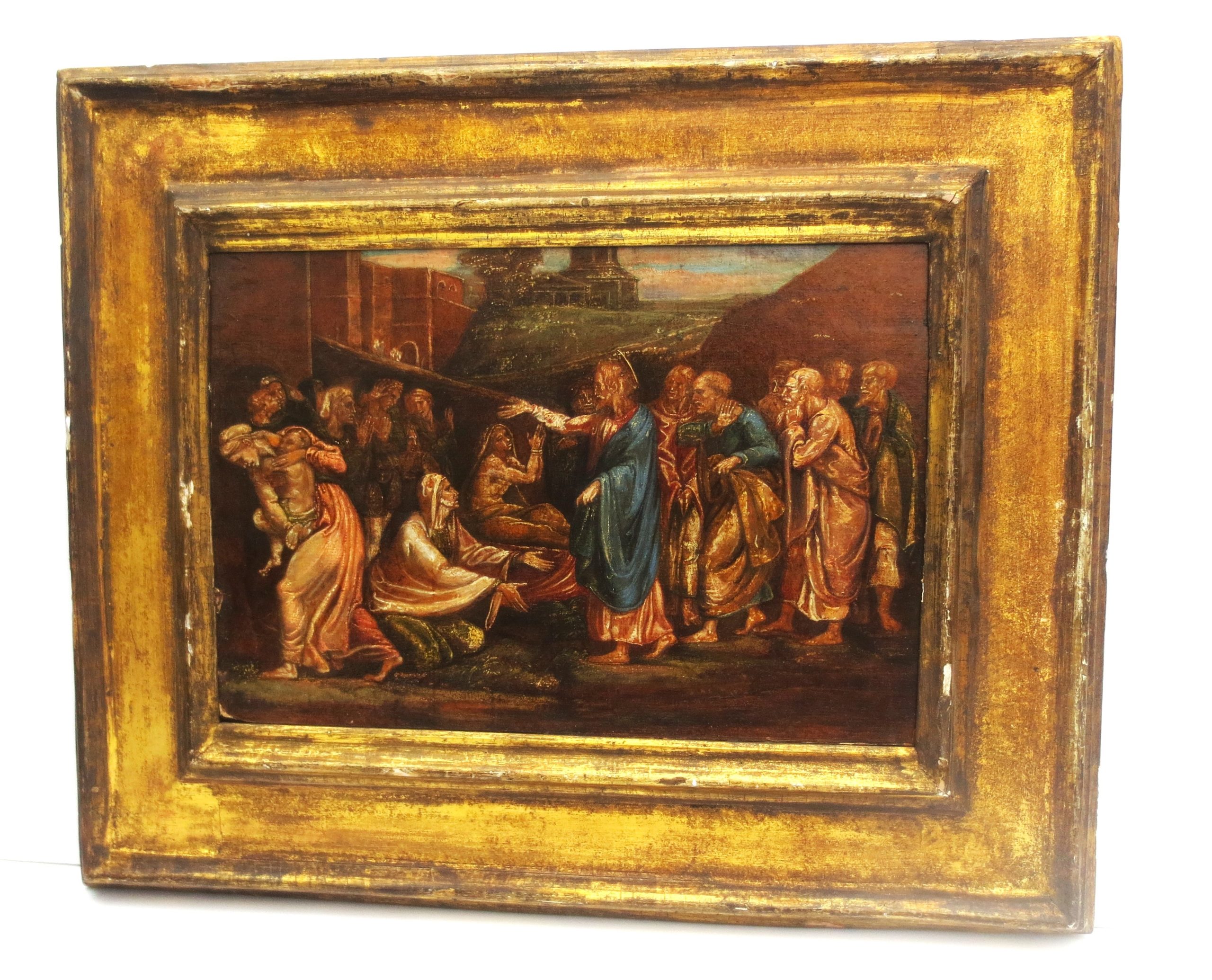Bernard Berenson, Italian Pictures of the Renaissance: Central Italian and North Italian Schools, 1932,revised edition, London, 1968, vol. I, pp. 317-319, for a still valuable cum grano salis listing of paintings then for Bernardo Parentino or Parenzano (Istria 1437-1531 in Vicenzo) as based on an older conflation of the artist with a monk of similar name and birthplace in Parenzo in Venetian Istria.
More recently, that confusion has been cleared by archival research and study of the artist’s working itinerary that gives the data followed here, for which cf. Alberta DeNicolò Salmazo, “La pittura renascimentale a Padova,” in Carlo Pirovano, La pittura in Italia: Federico Zeri, Il Quattrocento, I, p.182 cols. 2&3, and a summary review of the documentation of the artist’s identity, life, and work on p.183 n.28.
An intriguingly inventive, occasionally eccentric artist, Parenzano was ostensibly first instructed in a Venetian late Gothic studio but passed his formative maturity in the atelier or orbit of Mantegna in Mantua and Padua. Working in a full range of scale and mediums, from miniatures of velum to panel paintings and frescos, he seemingly favored miscible media for his under-paintings even when oil of resinous glazes were anticipated and presumably introduced when complete; sometimes later glazes were removed from the tempera body of a painting by injudicious cleaning, or perhaps were never added to a work meant to be seen from afar. As probably a predella panel, the present painting is mostly tempera on panel, but with some allowances made in the placement of highlights for toning glazes yet to come or later cleaned off.
The range of Parenzano’s imaginative powers can be judged by a pair of paintings now in the Galleria Doria Pamphili in Rome. His Temptation of St. Anthony is a tensely sustained constriction of grotesque violence, while the near classical order St. Louis of France Distributing Alms has indirect quotes from Mantegna within a frieze that is nevertheless internally articulated by the twists of posture and gesture, and facial particulars quite similar to the painting of Christ Healing the Lame introduced here, marking a coeval date for both paintings in the last decades of the century.



